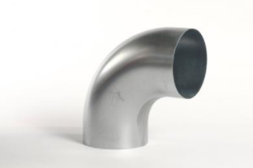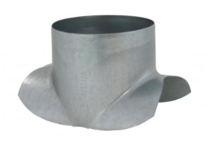Exposure to cooling lubricants and health risks
The fumes and mists generated during mechanical processing are complex mixtures of airborne substances composed mainly of mineral oils, polycyclic aromatic hydrocarbons, aldehydes, heterocyclic compounds of various kinds (PCB, N-nitrosamines, etc.), metals coming from tools and material being processed (Ni, Cr, Co, Pb, Fe, etc.). As for biological agents, anaerobic bacteria, especially sulphite-reducing bacteria, can produce hydrogen sulfide and other foul-smelling toxic gases. Water-based coolant fluids are also excellent nutrient sources for many bacteria and fungi.
The health risk deriving from exposure to cooling lubricating oils is linked to:
– To the refining processes to which the oil has been subjected.
– To additives that are added to the base oil.
– The manner in which it is used and the protective measures that are adopted.
The main risk factors deriving from exposure to coolant oils are attributable to skin contact with the fluid and the inhalation of mists, deriving from oil aerosol, and fumes, resulting from thermal degradation.
Dermatitis, acne, asthma, irritation of the upper airways and various types of cancer have been associated with exposure to coolant oils. The severity of the disease is related to various factors, such as the type of fluid, the degree of contamination, the duration and level of exposure.













